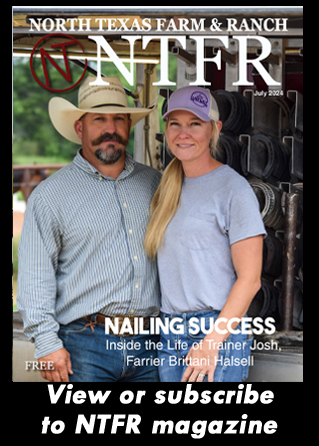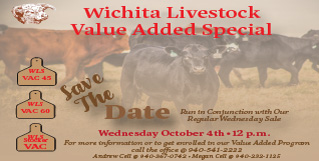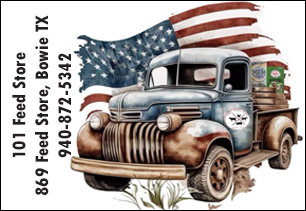Farm & Ranch
Lead Toxicity in Cattle

By Barry Whitworth, DVM
Lead is one of the most common causes of poisoning in cattle. Most clinical signs of lead poisoning are usually associated with the nervous system and the gastrointestinal tract.
The most common sources of lead are improper disposal of car and farm machinery batteries and used motor oil. Other sources include old structures with lead paint, linoleum, lead pipes, and grease from machinery. Since calves are more curious and prone to nibble or lick objects, poisoning is seen more frequently in calves than older cattle.
Most animals have a background level of lead. Toxicity occurs when the background level plus the amount ingested reaches a toxic level. Doses of 50 to 400 mg/kg may kill a calf. Higher doses (600 to 800 mg/kg) are required to kill adult cattle. Cattle that consume 7 mg/kg a day will eventually die from lead toxicity.
Clinical signs of lead toxicity appear acutely. Many times, producers just find dead animals. Most clinical signs observed are associated with the neurological system. One common sign is blindness. Producers may find a calf walking aimlessly or walking into objects.
Other signs are circling, head pressing, ataxia, muscle tremors, and convulsions. Occasionally, gastrointestinal system signs such as colic, anorexia, diarrhea, grinding of teeth, and frothing of the mouth precede the nervous signs.
Clinical signs of lead poisoning are similar to other nervous and gastrointestinal diseases. Some diseases that can be confused with lead poisoning are polioencephalomalacia, nervous coccidiosis, tetanus, rabies, and listeriosis.
To read more, pick up a copy of the November issue of NTFR magazine. To subscribe by mail, call 940-872-5922.
Farm & Ranch
Ag Elsewhere: Wyoming
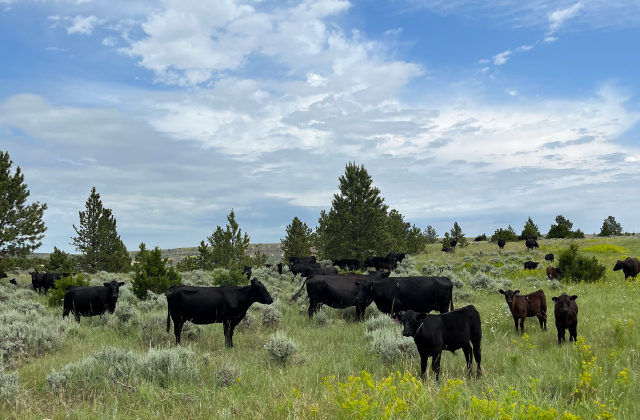
By Tressa Lawrence
Ranchers across northeast Wyoming and the surrounding areas saw record moisture levels in 2023. The year 2024 has seen significantly less moisture to date.
Farm & Ranch
Ag Elsewhere: Montana
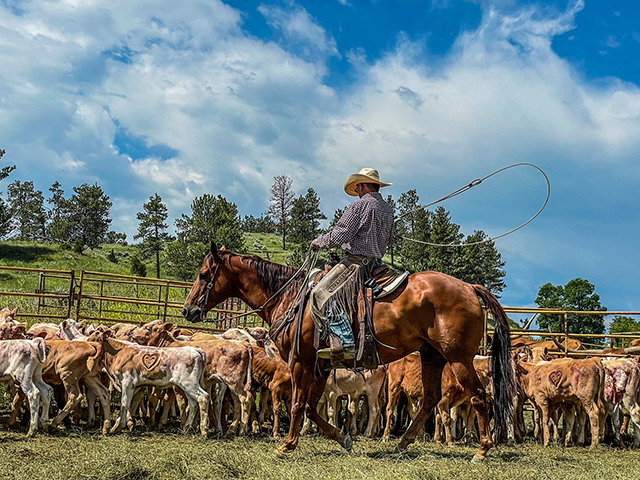
By Lindsey Monk
People are finishing up brandings. Here, Danny Walter is shown getting it done.
Farm & Ranch
Animal Disease Traceability
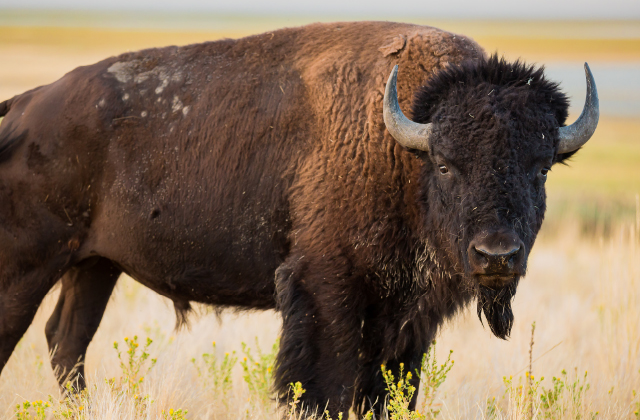
By Barry Whitworth, DVM
On July 6, 2020, the United States Department of Agriculture Animal and Plant Health Inspection Service (APHIS) posted in the Federal Register a proposal that radio frequency identification tags be used as official identification for cattle and bison. Following a period for public comment, the USDA APHIS released a statement on April 24, 2024, with the amended animal disease traceability (ADT) regulation for cattle and bison. The full press release may be found at https://www.aphis.usda.gov/news/agency-announcements/aphis-bolsters-animal-disease-traceability-united-states. Under the new rule, cattle and bison will need to be identified with tags that are both visual and electronic.
The USDA defines ADT as knowing where diseased and at-risk animals are, where they have been, and when the animal disease event took place. A system that allows for efficient traceability of livestock in the United States is essential for animal health and reducing the economic effect of a foreign animal disease outbreak and other diseases on livestock producers as well as others whose well-being depends on livestock production.
To read more, pick up a copy of the July issue of NTFR magazine. To subscribe by mail, call 940-872-5922.
-

 Country Lifestyles1 year ago
Country Lifestyles1 year agoScott & Stacey Schumacher: A Growth Mindset
-

 Country Lifestyles7 years ago
Country Lifestyles7 years agoStyle Your Profile – What your style cowboy hat says about you and new trends in 2017
-

 Equine10 months ago
Equine10 months agoThe Will to Win
-

 HOME7 years ago
HOME7 years agoGrazing North Texas – Wilman Lovegrass
-

 Country Lifestyles4 years ago
Country Lifestyles4 years agoAmber Crawford, Breakaway Roper
-

 Outdoor9 years ago
Outdoor9 years agoButtercup or Primrose?
-

 Country Lifestyles8 years ago
Country Lifestyles8 years agoDecember 2016 Profile, Rusty Riddle – The Riddle Way
-

 Country Lifestyles8 years ago
Country Lifestyles8 years agoJune 2016 Profile – The man behind the mic: Bob Tallman

